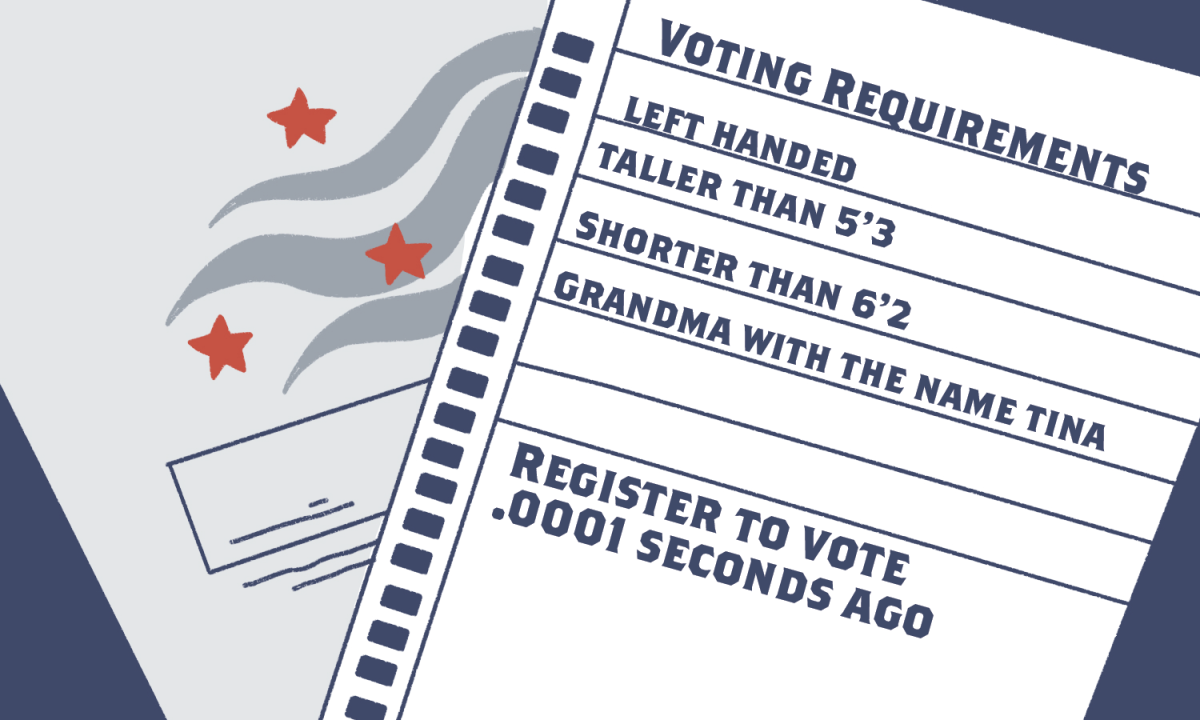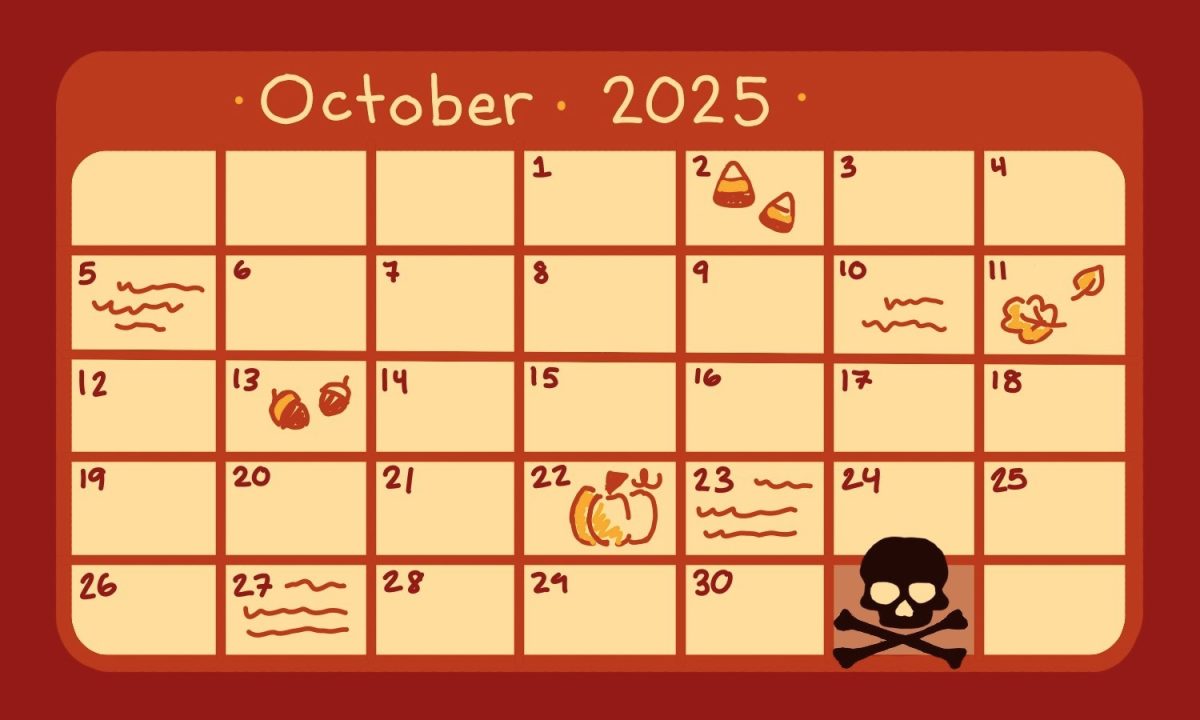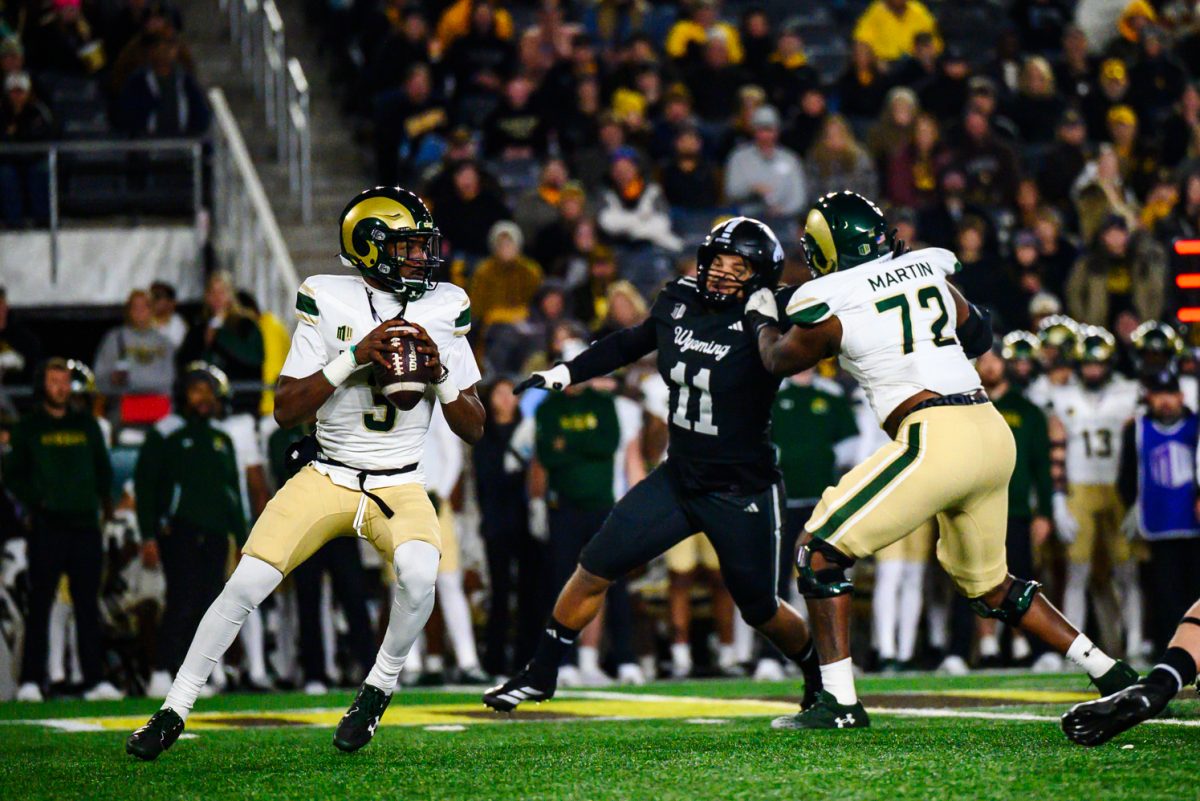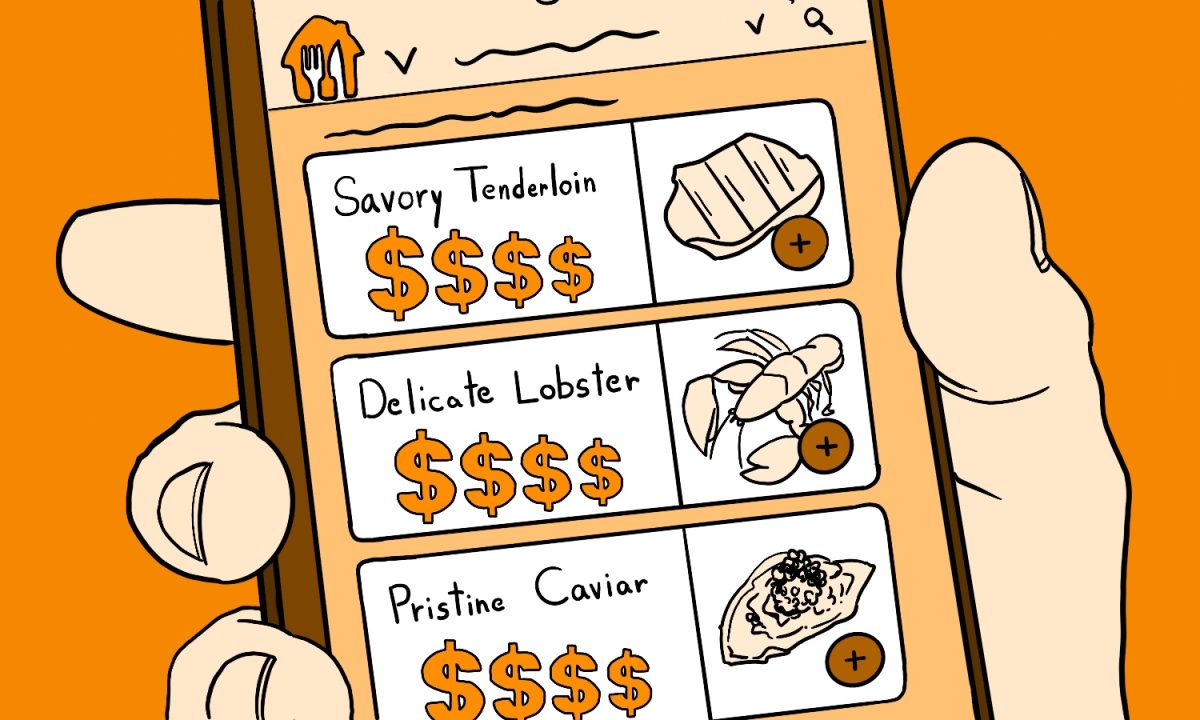Editor’s Note: All opinion section content reflects the views of the individual author only and does not represent a stance taken by The Collegian or its editorial board.
Election Day is barreling toward us at a horrifying speed. And if you’re a young and new voter like me, voting next month feels both exciting and horrifying. I’m ready to have a voice in our democracy, but at the same time, I’m overwhelmed by the sheer amount of information from candidates, parties, polls and the media in general.
This information, while necessary, is almost always about the need to vote. It demands that we must stop certain candidates from reaching office and tells us why this election is the most crucial one in decades. But beyond the need to vote, much of America rarely discusses how to vote. While this exclusion may not always be intentional, it tends to conceal a major flaw in the voting process: accessibility.
Many obstacles prevent everyday people from voting. Some we’ve become oddly complacent with, and others simply aren’t well known. So to assess this process, I’m going to break down its lack of accessibility.
Registration
The first step to voting is registration, as you cannot vote without being registered. The registration process is relatively easy in Colorado, a state that offers several platforms online and in person to register, including Election Day registration. However, many states across the nation aren’t this lucky. Ten states require in-person or postmarked mail registration 30 days before Election Day. Many other states require mail registration earlier than in-person registration, but only 20 states in addition to Washington D.C. have Election Day registration, though some only under certain circumstances or with certain documents.
With the business of day-to-day life, many new voters will not register until closer to Election Day and certainly not a whole month before. However, if those voters live in a state with strict registration deadlines, they will be unable to vote unless they register 30 days in advance.
If America’s true goal is to promote democracy and citizen participation within democracy, then why are we prohibiting citizens from voting if they’re not registered an absurd amount of time in advance? States barring Election Day registration — or even registration 15 days prior — uphold an inaccessible voting system that inherently goes against the betterment of our democracy.
Absentee voting and mail-in ballots
For those who cannot vote in person on Election Day, absentee and mail-in ballots are the perfect option. States mail a ballot out to the voter, the voter completes it and then they mail it back.
Although this process sounds easy, 14 states require excuses for why a voter cannot make it in person to Election Day before sending them an absentee ballot. This would be easy to work with; however, many of these states have inconsistent — and bullshit — qualifications of what merits an excuse. Each of the 14 states accepts illness or disability as a valid excuse, but several don’t accept religion, old age, work, jury duty or even being a student outside of the county as valid.
Many states will send no-questions-asked absentee ballots, but the mere fact that others require such specific excuses astonishes me. This process severely hinders voting accessibility in large parts of the country without legislators batting an eye. Has nobody questioned the absurdity of picking and choosing these excuses? In what world is a conflicting work schedule, old age or religion not a valid excuse? Proactive voters who want a voice in the election might be denied participation simply because their excuse is deemed illegitimate. That is inaccessibility at its finest.
Day-of identification
Let’s consider a voter who registered on time and can vote in person on Election Day. They took time off work to vote, arriving at the polling place stressed out but assumedly prepared. The line is about 30 minutes long, so they’re already tired and annoyed by the time it’s their turn. But before they even see a ballot, they’re asked for identification. Well shit — their ID is old and doesn’t match their new address.
Voter identification can be one of many documents, ranging from homeowner bills to driver’s licenses; it all depends on if the state is a strict or nonstrict voter ID state. Nonstrict states are looser on ID policies, accepting any form or possibly none at all. However, certain strict states only accept a photo ID.
If a voter in any given state does not have the required ID, they will likely fill out a provisional ballot. Provisional ballots look like normal ballots but are separated from the rest. And after being cast, local election officials decide if it counts. The voter typically has a couple days to show a valid form of ID before the panel determines the validity of the ballot, depending on if the identification is correct. This also applies if the ID is expired or doesn’t match registration details. In this case, the panel might refuse to count the ballot because they don’t believe your identity is valid.
So a voter who perhaps made sacrifices to vote on Election Day — missing work or driving far to the polling place — might not have a valid ballot just because their ID is different from their registration. So if a voter moved addresses since the time they registered, their vote might not count.
The U.S. voting process exemplifies a privilege of our democracy: the ability to have a voice in our government. This is a privilege those in many other countries do not have. Although we are fortunate in our ability to vote, there are severe flaws that prevent eligible voters from voting. In a time of voter advocacy, we must now shift the spotlight to voter accessibility.
Reach Emma Souza at letters@collegian.com or on Twitter @_emmasouza.













